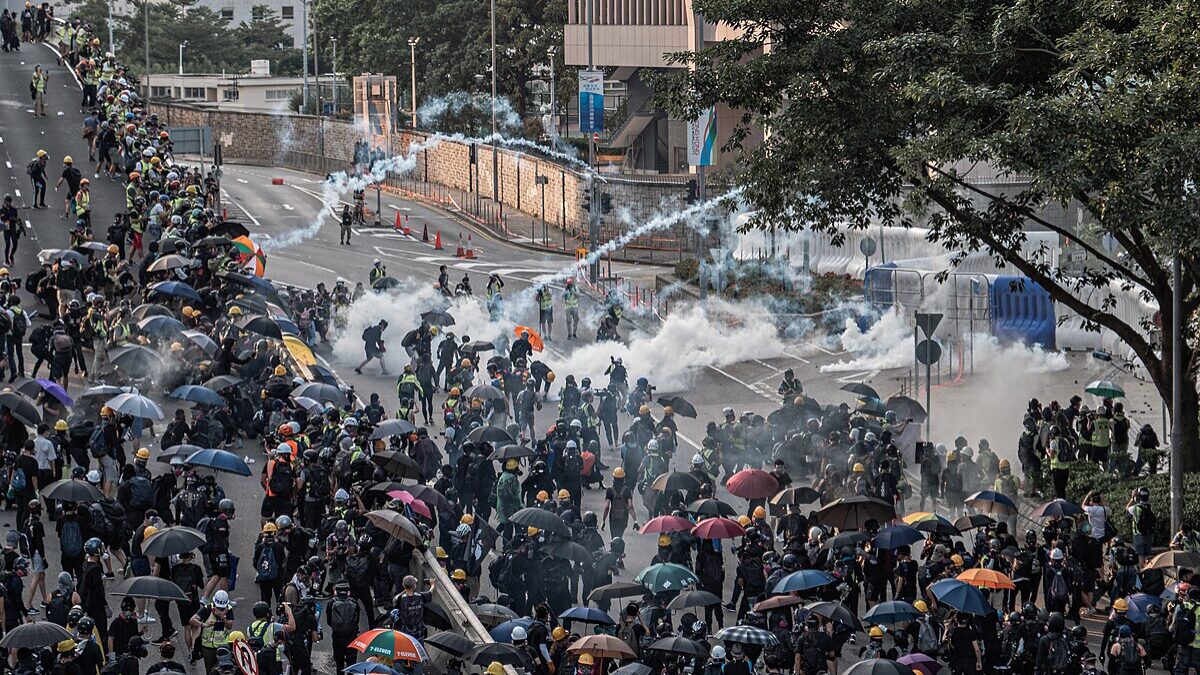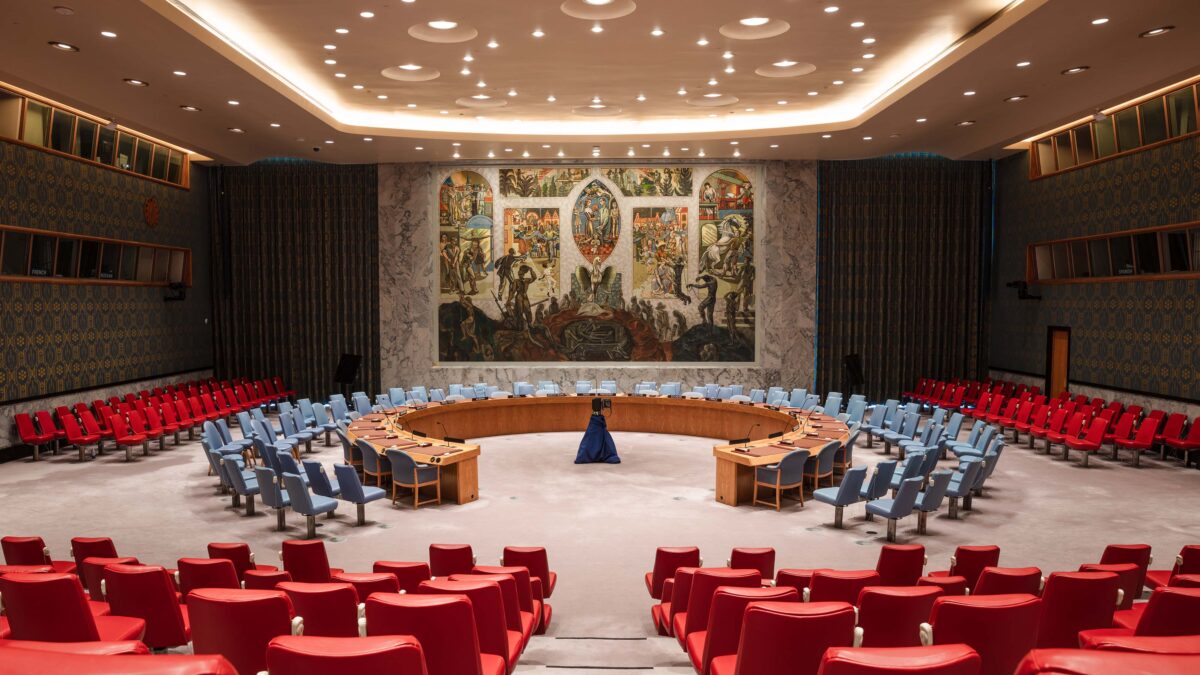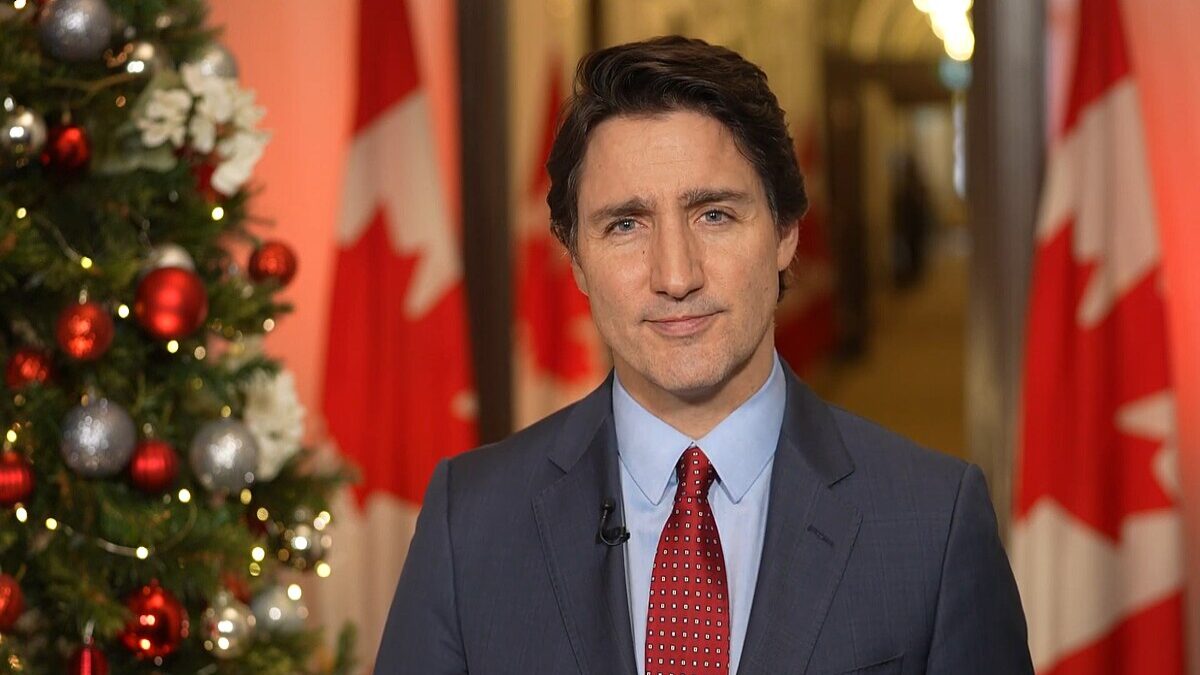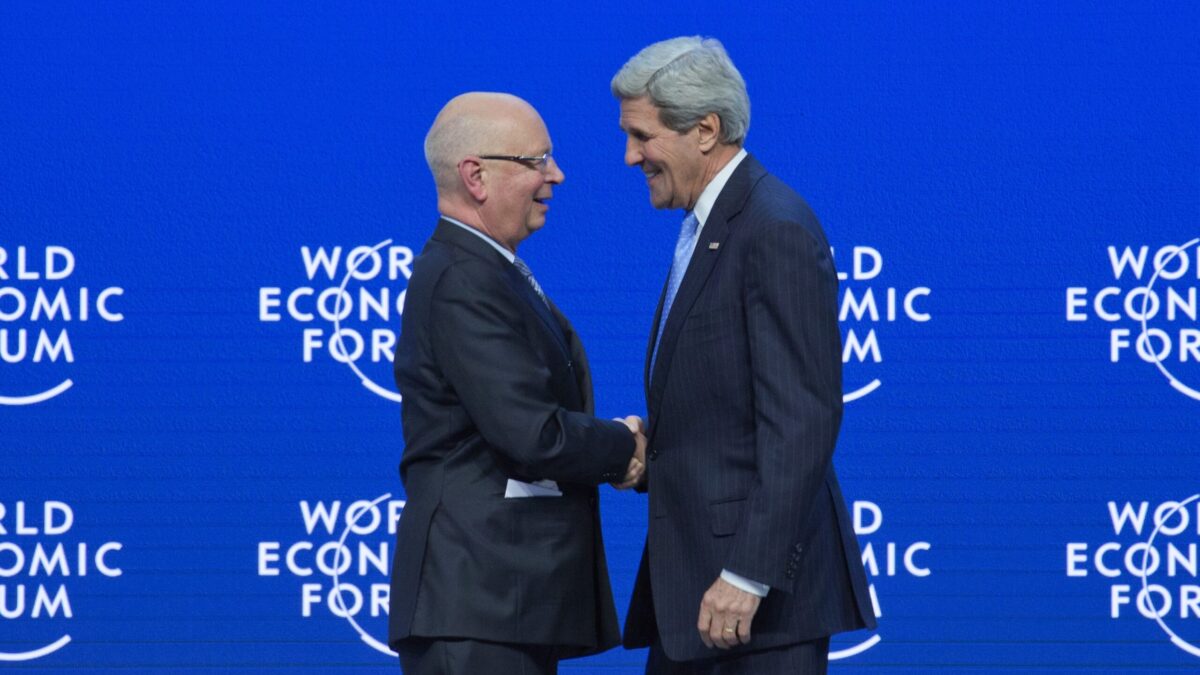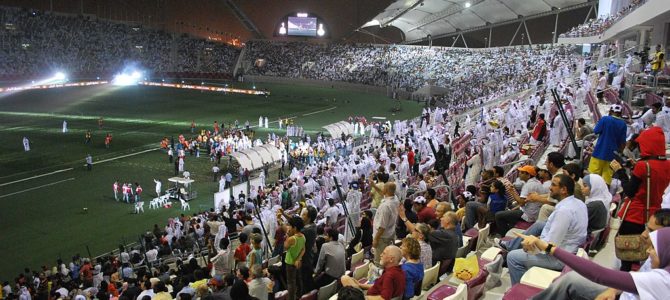
As the 2018 World Cup final match came to a close in Russia, the world’s focus moved to 2022 and Qatar, where the next World Cup will be held. However, many enslaved people’s focus is already on Qatar—because they are there, building the new infrastructure in forced labor camps.
Since 2013 there have been reports of human trafficking, abuse, and exploitation of migrant workers, including many deaths in Qatar. According to one report to the Nepalese embassy in Doha, per inquiry in the early days of 2013, at least one Nepalese man died per day doing construction.
And that was just counting those who could be tracked. According to a report in 2017 by the International Trade Union Confederation, at least 1,200 foreign workers had died in Qatar since it was awarded the World Cup in 2010. This is without a doubt the highest death toll known for preparation for a sporting event, with the 2014 Sochi Winter Olympics being number two, and only noting 60 deaths.
That same report predicts that at least 4,000 fatalities will take place in Qatar by the opening ceremonies in 2022. Soon after that information become public, BBC reporters who tried to report on the World Cup labor camps were arrested.
So, what is known for certain? Just that the scope and scale of construction in Qatar has grown exponentially since then. Approximations by multiple labor and human rights groups estimate thousands of deaths before the opening games, not to mention all kinds of broken human rights laws—all while under FIFA’s watch.
A History Of Human Trafficking
FIFA doesn’t like to talk about how countries plagued by corruption and bribery scandals, like Russia and Qatar, end up as World Cup hosts. But they dislike talk of labor trafficking even more. In fact, the massive undertaking to develop the first ever Middle East World Cup is a conversation FIFA has been successfully avoiding for years.
As the Independent in the U.K. put it, “It is telling that much of the Western media continues to train its outrage on the Qatari bid itself, and the accusations of vote-buying in the FIFA executive committee. Exploit all the migrant labour you want, guys, but at least be above board about it, yeah?”
And why not? Almost 3 million people purchased tickets in Russia, and at least 2.5 million attended the FIFA Fan Fest in just the first seven days. Not to mention broadcasts, streaming, viewership, and merchandise sold all over the globe. FIFA has gotten away with scandal and permitting human trafficking in host countries for decades. All to the tune of 3.4 billion people watching in 2018 and billions of dollars in revenue.
According to Annalisa Enrile, Ph.D., a professor at the University of Southern California, the primary problem is that people don’t understand the magnitude of labor needed to create the infrastructure to support millions of visitors, state-of the art stadiums, shopping, lodging, food, transportation, airports, and experiences. She says there were rampant examples just like the ones today in Brazil and Germany for previous games. Her biggest concerns are that after seeing the numbers of attendees in Russia, which exceeded expectations, the construction demand in Qatar is about to get a whole lot worse.
When asked about the exploitation of poor people in particular, she contends that lack of transparency is the primary culprit. This is because there are layers of sub-contractors. Thus, at every step in the chain of command, someone can place blame on someone else. But at the end of the day, somehow, some way, almost 2 million non-Qatari workers are in the country. At least 800,000 are confirmed to be working at construction sites. Many have had all paperwork and documentation of their identity taken away from them.
The construction sites are well over 100 degrees Fahrenheit during the day, and workers are packed into tiny dormitory rooms at night. “This is what oppression looks like. They legally put up walls to hide everything that is happening in the construction zones,” says Enrile.
Qatar’s Population Imbalance Is The Key
To understand what makes the numbers so grotesque and statistically unimaginable, you have to have a better understanding of Qatar. Right now, Qatar’s population is 2.7 million people. In 2016, Qatar ranked first in the world in per capita gross domestic product. The United Arab Emirates public education system is continually cited for its excellence, given that they only provide education to natural-born citizens. But those natural Qatari citizens, including Qataris of all ages, make up shockingly less than 10 percent of the population.
More than 90 percent of Qatar’s population are migrant workers, giving it the highest ratio of migrant worker to domestic population in the world. Almost all of these are working-age males. Consequently, native Qataris, who are vastly outnumbered, have a continual fear that there will be a migrant worker uprising. As the flood gates for labor have opened in preparation for the 2022 World Cup, the Qatari legal system of “sponsorship” has come back into question.
Qatar, like many Gulf countries, has a kafala system—that’s “sponsorship” in Arabic. These rules aim to ensure that nationals “look after” non-nationals. While some argue the practice was meant for positive purposes, human rights groups say it enables exploitation and forced labor. What it really means is that non-nationals are delegated to companies (or private citizens for domestic labor), who can take away passports and abuse workers with little to no chance of legal repercussion.
The governments in the region have promised to abolish or reform the system for many years, without much effort towards actually doing it. However, earlier in 2018 Qatar did take actions toward ratifying the International Covenant on Civil and Political Rights (ICCPR) and the International Covenant on Economic, Social and Cultural Rights (ICESCR), which holds Qatar responsible for legally protecting a number of human rights.
That said, according to Amnesty International, “When ratifying the treaties, Qatar entered a number of damaging ‘reservations’ that limited the scope of its commitments.” These include making great exceptions for migrant workers, limiting many of the “reforms” to only Qatari nationals.
Building Their Own Tombs
The greatest tragedy and advantage for labor traffickers is that it happens in the dark. Not in the dark of night, but right in front of people’s eyes without them noticing. We like to think that it can’t happen, and the perpetrators exploit that.
The labor camps are strategically built far from public settings. Documentation is taken away, and deaths are swept under the rug without anyone being notified. Enrile says, “What we see dictates what we think. So its keep out of sight. If the public doesn’t see it for themselves, they don’t have to believe it or can pretend it’s not as bad as it is.”
The United Nations dropped its case against Qatar after meager, verbal promises of labor reform. With no evidence of change, the World Cup host country was given a pass, and lives will be lost. However, there are approaches like a new documentary called “The Workers Cup,” which follows a series of young men from all over the world working in Qatar, to make these names, images, and voices real.
According to a 2017 interview with its minister of finance, Qatar is spending $500 million a week on the World Cup. Other sources claim total infrastructure projects to support the World Cup will “only” cost $10 billion, which have many under the impression that Qatar never planned to spend its proposed stadium budget, but instead needed to lock in the event before revealing the cost.
The country bid for 12 stadiums but will only complete eight. And that $10 billion certainly doesn’t account for infrastructure items like the $36 billion metro system that will open in 2019.
No matter the final budget, the money is not being spent on the workers from Nepal, Bangladesh, India, Pakistan, and accessible parts of Africa constructing the venues, most of which are being made from scratch. The country has also committed to $20 billion worth of new roads, $4 billion for a causeway connecting Qatar to Bahrain, and tens of thousands of hotel rooms to accommodate the predicted 1.5 million visitors, putting the overall total near $200 billion. The country obviously feels that kind of spending is worth protecting.
But FIFA isn’t completely heartless. FIFA President Gianni Infantino announced in mid-2018 that FIFA has moved the 2022 World Cup dates back by months, agreeing with Qatar that the summer heat would be too unsafe for players and fans. That really puts an exclamation point on both FIFA and Qatar’s lack of concern for the workers making it possible for the football stars of the world to enjoy beautiful, air-conditioned colosseums for billions of paying customers.


